Maintaining a clean and sanitized cutting board is a cornerstone of safe kitchen practices, especially for professionals working in high-pressure food environments. But what is an acceptable sanitizer to use after cleaning a cutting board? Understanding the correct methods and sanitizers can be the difference between serving safe, delicious meals or inadvertently promoting the growth of harmful bacteria.
In this guide, well dive into the essential techniques for sanitizing cutting boards, highlight the best sanitizers, discuss proper aftercare, and provide insights that will elevate your kitchen hygiene standards.
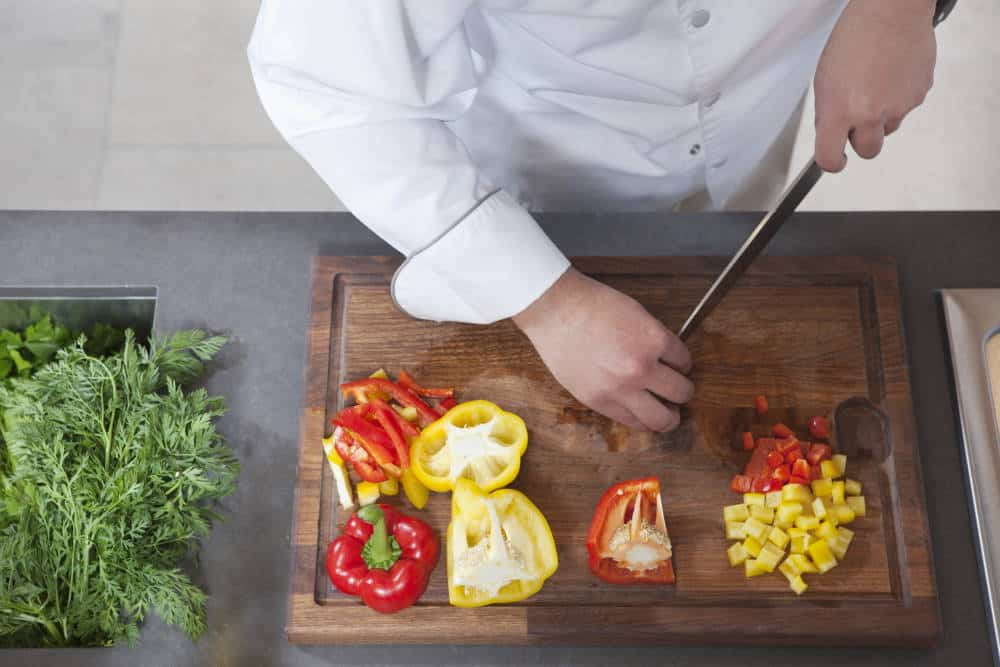
Why is Sanitizing Cutting Boards Essential?
Cutting boards are a breeding ground for bacteria due to the direct contact with raw meats, vegetables, and other foods. Even after thorough washing, bacteria, such as Salmonella and E. coli, can linger in knife grooves or porous materials if the board is not properly sanitized. For professional kitchens, maintaining clean cutting boards isnt just recommendedits mandatory for health and safety compliance.
Did you know that the color of your cutting board can also play a role in food safety practices? Read this guide on color-coded cutting boards to learn more about cross-contamination prevention.
Top Sanitizers to Use After Cleaning a Cutting Board
Once a cutting board is physically cleaned, the next step is to sanitize it effectively. Here are some of the most widely recommended sanitizers:
1. Diluted Bleach Solution
Bleach is one of the most common and effective sanitizers for cutting boards. Mix 1 tablespoon of bleach (unscented and food-safe) into 1 gallon of water. Thoroughly apply this solution using a clean cloth or sponge, let it stand for about 2 minutes, and then rinse.
2. White Vinegar
For a more natural option, white vinegar is an excellent sanitizer. Its acetic acid content helps to kill bacteria. Simply pour vinegar onto the surface of the clean cutting board, let it sit for 5-10 minutes, and rinse with warm water.
3. Hydrogen Peroxide
Hydrogen peroxide (3%, food-safe) is another good alternative. Spray or pour the peroxide over the cutting board and leave it for a few minutes before wiping and rinsing it off.
4. Quaternary Ammonium Compounds (Quats)
Commonly used in commercial kitchens, Quats are powerful sanitizers safely used for cutting boards. Check the manufacturers guidelines for proper dilution instructions to comply with food safety standards.
For additional tips on drying and maintaining cutting boards for longevity, visit this drying guide.
Steps for Proper Sanitization
Follow this simple protocol to ensure your cutting board is both clean and safe:
- Wash the board: Scrub with hot, soapy water to remove food residues.
- Apply sanitizer: Choose one of the sanitizers mentioned above, considering both the type of cutting board material and your kitchen preferences.
- Rinse thoroughly: Ensure no sanitizer residue is left on the board, as it could affect food safety and taste.
- Dry completely: Store your board upright to avoid moisture retention, which can lead to bacterial growth.
The Best Sanitizers for Different Cutting Board Types
Did you know that cutting boards come in various materials, each requiring different sanitizing approaches? Heres an overview:
Wooden Cutting Boards
Wooden boards are durable, but they require special care. Natural sanitizers like vinegar or hydrogen peroxide are idealbut avoid soaking the board in water to prevent warping. Learn about hydrating and maintaining your wood boards from this care guide.
Plastic Cutting Boards
Plastic boards are non-porous and easy to sanitize with any solution, including bleach or Quats. However, boards with deep cuts may harbor bacteriaas discussed further here.
Maintaining Cutting Boards for Long-Term Use
Sanitizing is just one step in the care regime. Regular maintenance, such as oiling wooden boards, prevents cracking while extending their life. Both professional chefs and home cooks can benefit from routine care practices.
For further insights into why cutting boards need consistent upkeep, check out this article from Southern Living.
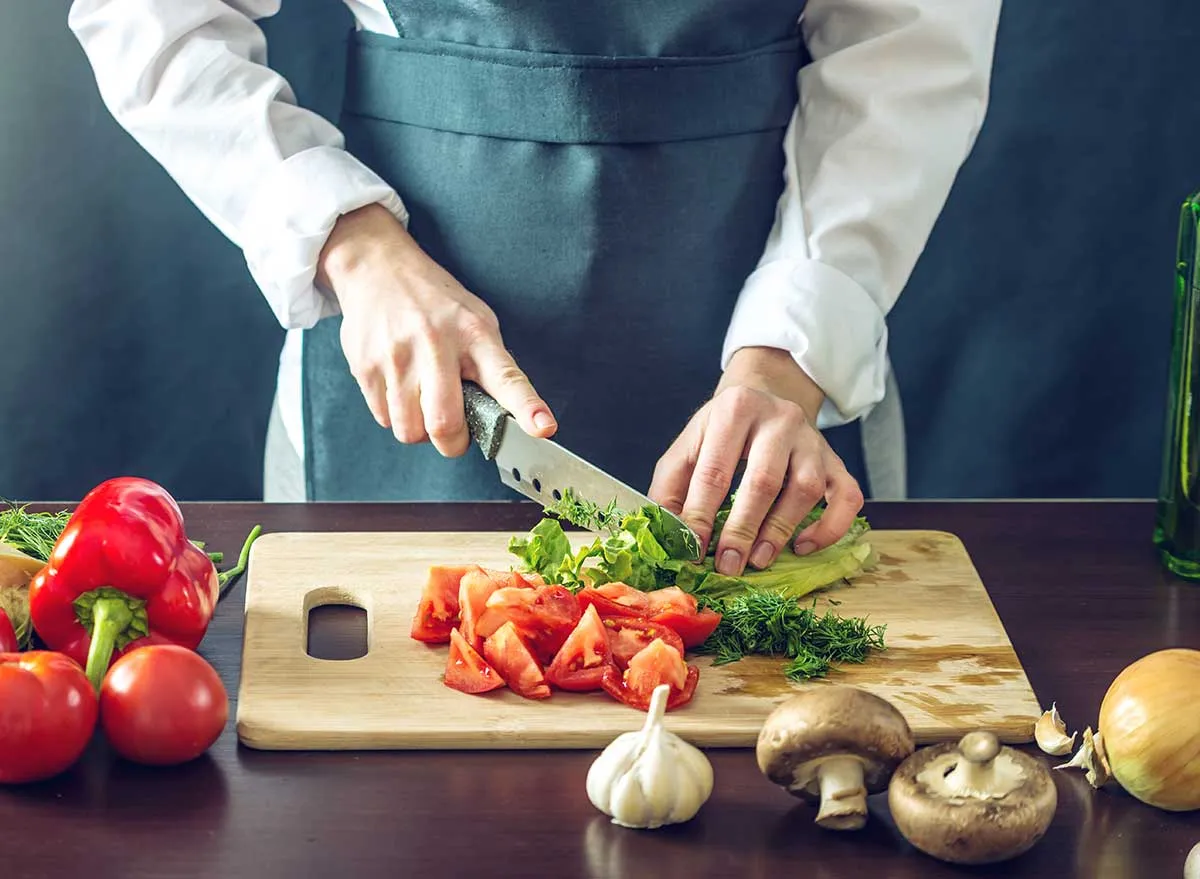
FAQs About Sanitizing Cutting Boards
1. How often should I sanitize my cutting board?
Sanitize your cutting board after each use, particularly when it comes into contact with raw meat, fish, or poultry.
2. Can I use dish soap alone to clean my cutting board?
No. While dish soap can clean debris and grease, it doesnt effectively sanitize the board. Add a sanitizer after washing for proper hygiene.
3. Are natural sanitizers like vinegar as effective as chemical options?
Yes, but with some limitations. Vinegar and hydrogen peroxide are great eco-friendly options for lightly soiled boards, but stronger chemical sanitizers like bleach may offer better protection against tougher bacteria.
Always prioritize kitchen hygiene to ensure the safety of your food preparation process. For further professional tips, consult this guide on cleaning cutting boards.
This article contains affiliate links. We may earn a commission at no extra cost to you.

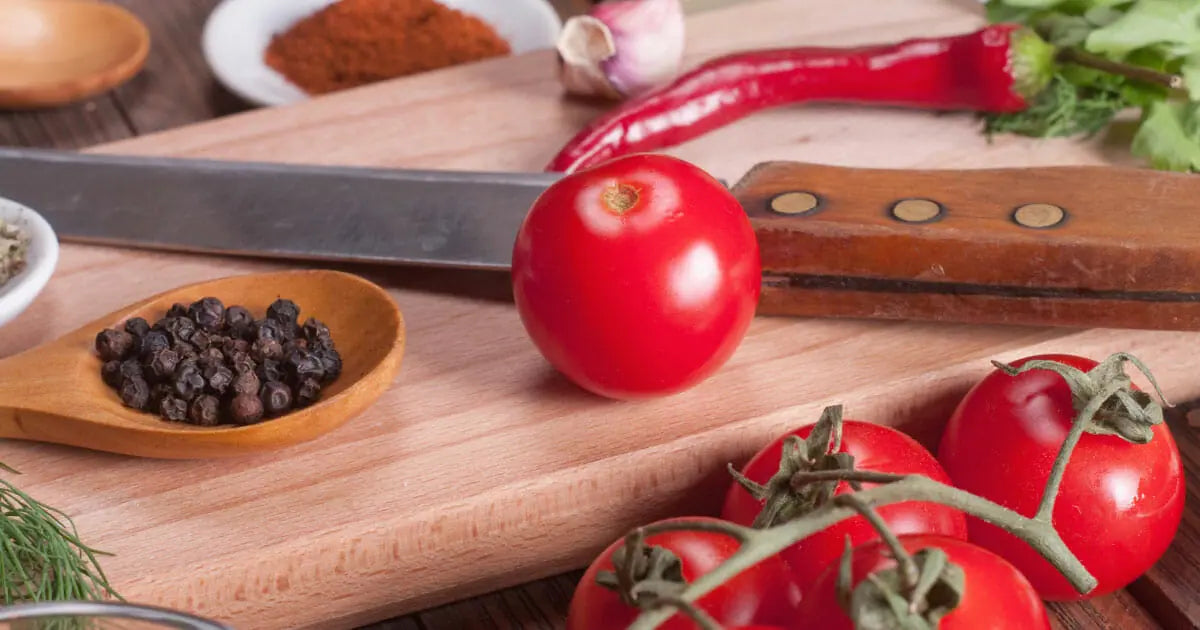


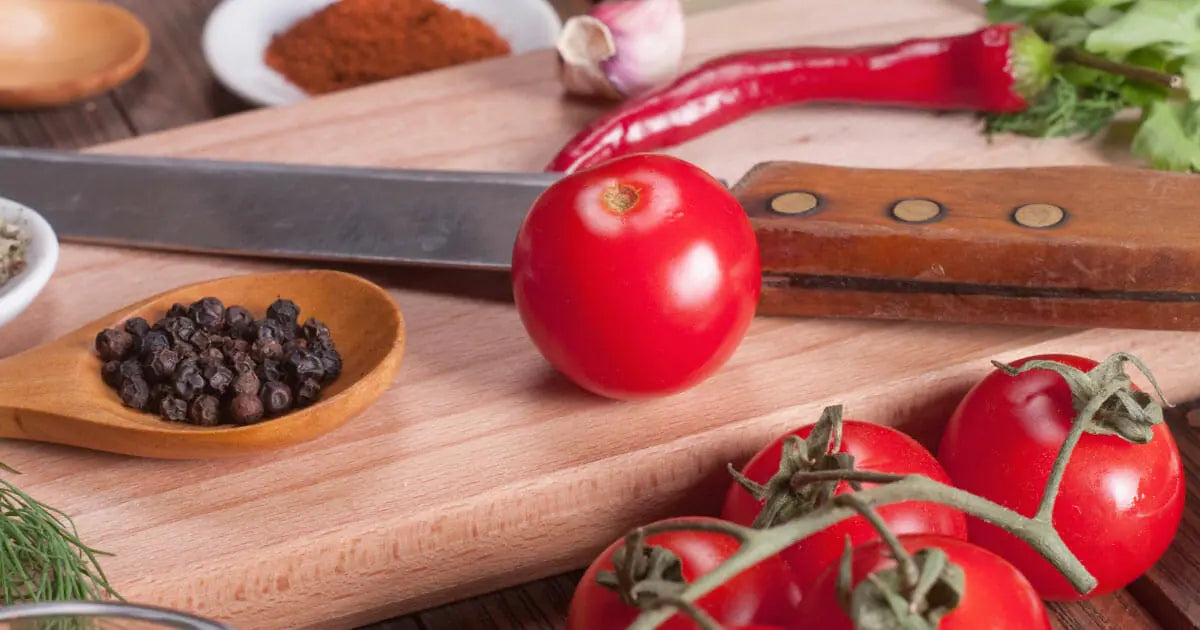
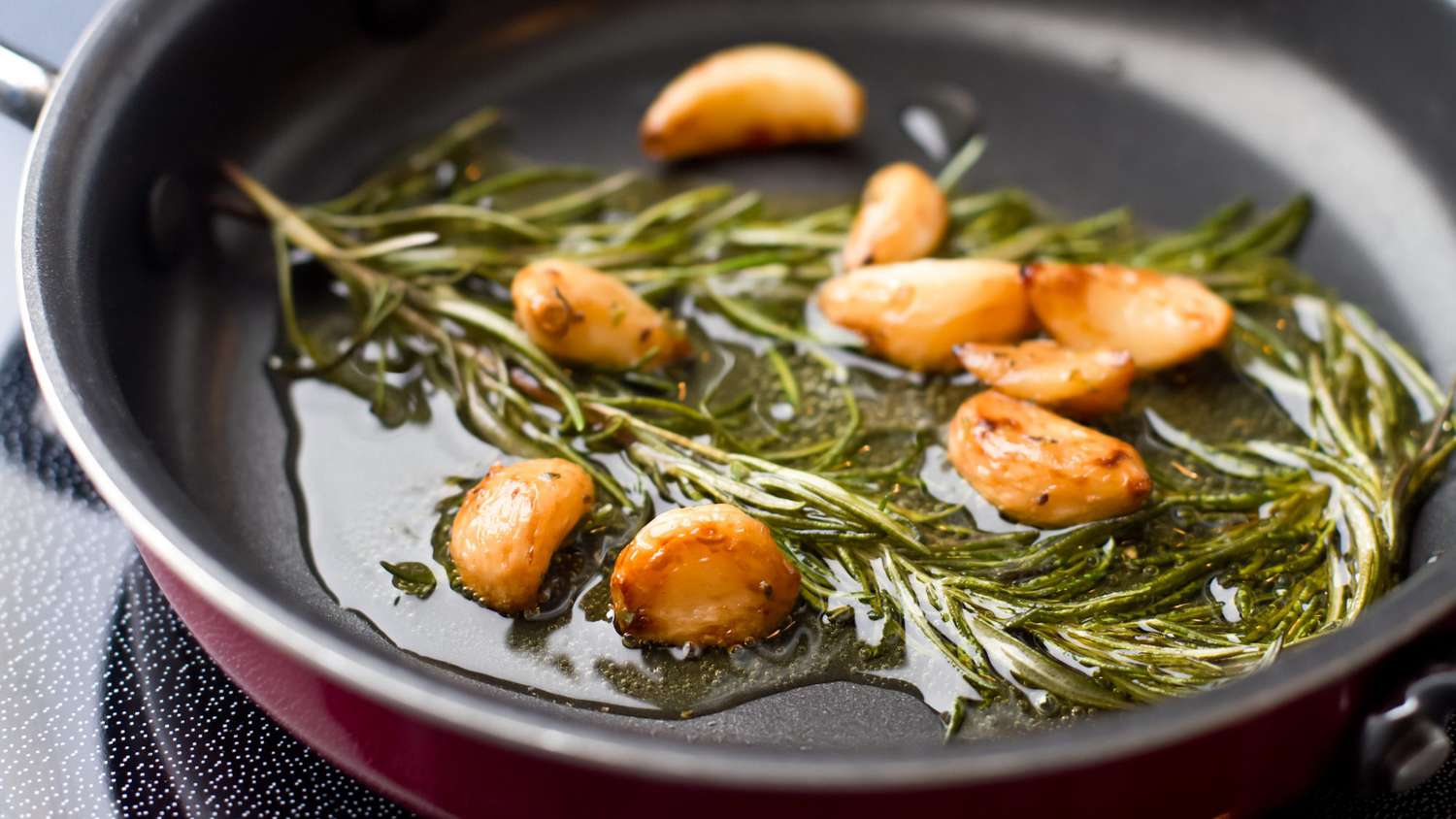
Leave a comment
This site is protected by hCaptcha and the hCaptcha Privacy Policy and Terms of Service apply.